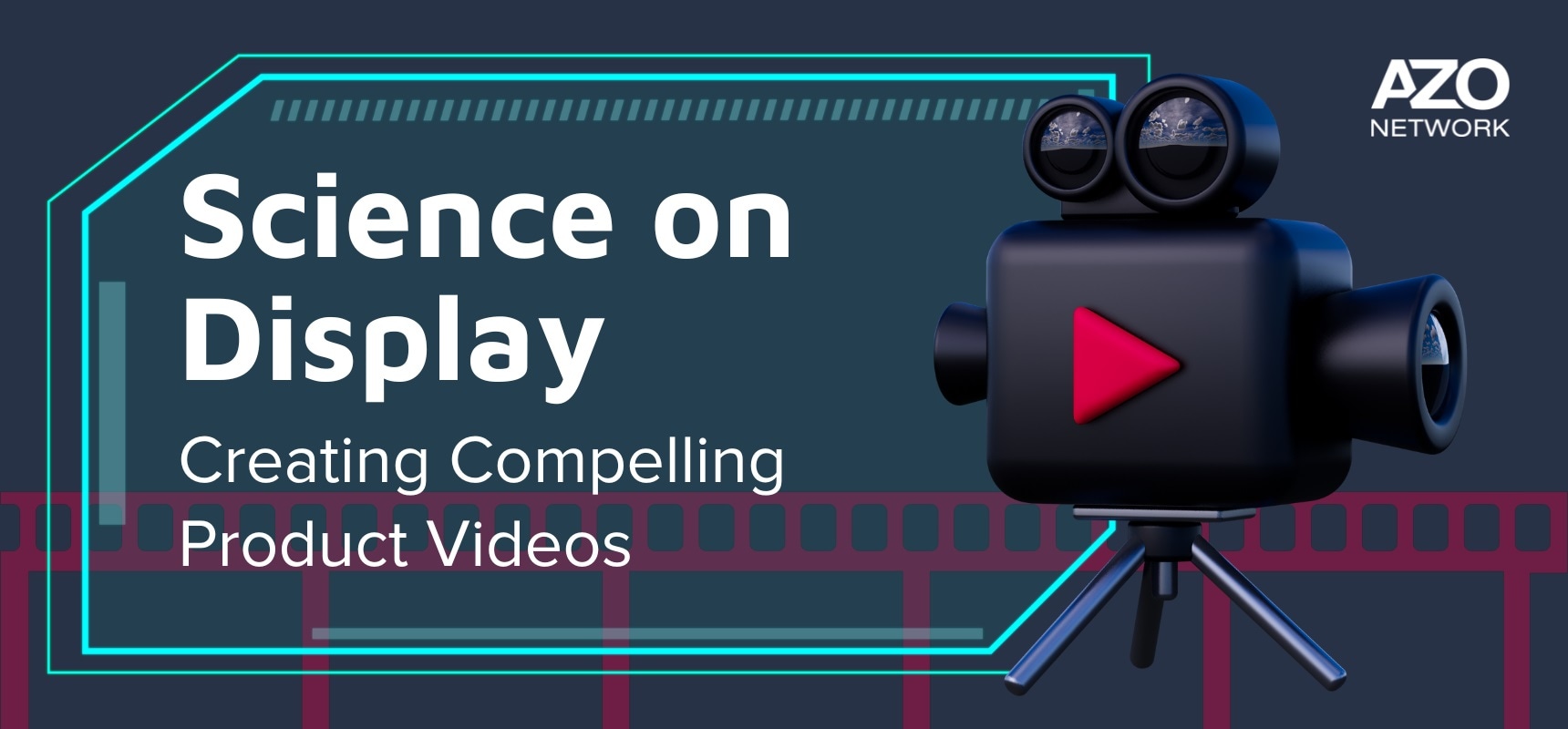
In our recent webinar Science on Display, we were joined by Danielle Ellis, Will Soutter and Sara López Segura to talk about using video to market science. In this Q&A style blog, we will explore what makes a great product video, the importance of B-roll and music, new types of videos, the best place for video hosting, and more.
You can watch, listen to or read the discussion by clicking one of the links below.
Watch Science on Display Webinar
Listen to Science on Display
Read part two of the transcript, Science on Display: Creating Compelling Product Videos
What makes a great product video?
A great product video is tailored to the intended audience and provides the necessary information for making a purchasing decision. A product demo or a step-by-step guide for product use should be tailored to people who know what problem they are trying to solve or which product they require. The level of detail and tone should be decided upfront to get the best possible result.
In contrast to a product demo, 2D animation video can be helpful for higher up the funnel as it can be engaging, and the more abstract style allows for showing how the product fits an application. An environment can be added through the illustration indicating, for example, the pharmaceutical or polymers industry without having to go to those places and film, which can be complicated in terms of permissions.
Is there any pushback about the seriousness of 2D animation?
Sometimes, the point of a 2D animation video is to be approachable. Scientists don’t exclusively read journal papers, and they consume content like anyone else.
When planning a demo video, are you looking at a teaser with b-roll, music and a look at the product, or would it be a scientist in a lab talking us through the product?
That would be two different videos. You can plan to get them both out of one shoot, we will always include footage of the product in use, but the final product can vary from essentially a full video manual of how the product works to a walkthrough teaser of the benefits.
Working from the bottom up is more accessible than the other way around. If you’ve already tried to film a long-format video, filming some B-roll and other content can allow multiple edits for all levels of the purchasing funnel.
How important is using an authentic B-roll, or does stock video work just as well?
An authentic B-roll is more engaging, allowing you to show real people and products in your environment. However, stock video can work if there's no other option.
Are there any new types of videos that are popular?
Motion graphics videos are becoming popular as they can be a quicker and cheaper alternative to 2D animation videos. They use text and transitions with music and voiceover to tell the story of your product or company without needing to film or draw anything new.
Where is the best place for video hosting?
We give our clients the complete video file, which they then own. The branding used on the video is all the client's too, we don't add our own. Hosting videos on YouTube and Vimeo can work well, and YouTube ties into Google results. It's better practice for a client to host a video on their channels and embed it anywhere else so that everything links to their channel and all the views and interactions are available under the channel analytics so the client can see engagement levels.
Using video to share science can be a powerful tool. Still, it's essential to tailor the video to the audience, use authentic B-roll and music, and consider new types of videos. Hosting the video in the right place is crucial to maximize views and interactions.
What about music in videos and podcasts?
Using generic stock music can result in it being used in multiple other audio settings, making it less unique and engaging for listeners. You could source music from independent artists who are less likely to have their music picked up and used by other podcasts while also providing exposure for the artists. Alternatively, you can create original music for videos, which we have done before to avoid the "stock music syndrome" and deliver something completely new. However, this process can be more complicated and time-consuming, as the video must be finished before sending it to the composer to create the music after the fact.
Music is a critical aspect of audiovisual content and is as important as any other aspect of the content and style.
Do you have any tips for distributing video content?
Catering to different ways people consume content is important because it allows users to consume the same content most appropriately and conveniently for them at that specific moment, which can increase engagement. Using social media and repurposing the same content into different types and smaller pieces can maximize the effort put into creating the initial content.
Read the other two parts of the interviews from Science on Display
Science on Display: Creating a Podcast to Share Science Stories
Science on Display: Video Production and Post-Production Editing